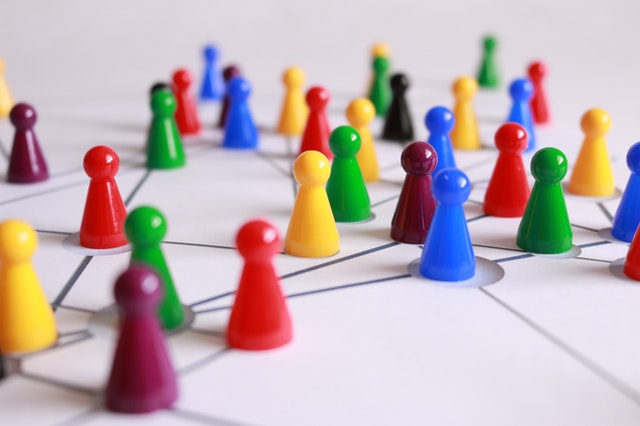
Games as Learning Designs
Yujiro Yamazaki
- Training Quality and Relevance
Participatory learning encourages learners to be active learners and acquire knowledge willing to learn independently rather than passive learners. To promote active participation, the learning method needs to be attractive to the learners. Games are getting a lot of attention to provide learners with opportunities to learn more enjoyably. Learning through games can be broadly divided into two types: (1) the type that includes game elements to acquire specific knowledge, and (2) the type that teaches the structure of the problem through games.
(1) The type that includes game elements for acquiring specific knowledge refers to games aiming to achieve particular expertise in a game-like manner, in a format similar to a quick quiz. A game for learning, like a quiz, is supposed to have rules that determine who wins and loses based on whether they know the knowledge or not. Even if knowledge is not required for a win or lose, it has been confirmed that players naturally acquire understanding from the context of the game, such as learning the names of places, people, and events from a game based on the Romance of the Three Kingdoms and becoming interested in history (Sasao, 1999). As an effort to acquire knowledge through the context of games, it has been reported that in social studies geography education, an effort has been made to develop game materials based on “Momotaro Dentetsu,” a sugoroku game using Japanese regions, stations, and specialties (Abe et al., 2020).
The other type, (2) learning the structure of a problem through a game, refers to a game in which the player knows the game’s overall design, rather than learning specific knowledge, by developing strategies and solving problems in the course of playing the game. A typical example is an RPG, where the player seeks and learns to solve the game’s issues to advance the story. The World Food Program (WFP), in collaboration with Konami, developed a game called Food Force in 2005 (Food Force 2 was created in 2009) as an effort to apply this model to social issues. In this game, players strategically secure food, respond to emergencies, and transport supplies to deliver food to starving areas worldwide. Through this game, players are expected to learn effective strategies for solving problems and obstacles.
Learning in games is also notable for the aspect of free space that is separate from reality. Meyer & Stiehl (2006) view the free space of fun positively. They point out that because of the free space, players can actively learn behaviors and strategies that they would not be able to carry out in the real world for fear of failure. On the other hand, Greenblat (1988) points out that the negative aspects of free space are too far from reality and that it is not just a game.
As a learning design, games can be used for children’s learning and for adults to learn about issues such as the food force and other international issues. This point is also attracting attention in knowledge acquisition in the workplace, where it has been applied to corporate training (Nakahara et al., 2006). SannoUniversity provides a simulation game that facilitates general-purpose in-company training for any company. The Italian family restaurant Saizeriya has developed a board game to learn about store management, and games are also being used to acquire company-specific knowledge. Thiagarajan (2018) offers specific strategies to foster cooperation through interactive games. His and other dialogue and group-based games are expected to receive more attention in the future as they focus on promoting non-cognitive skills through implementing games.
References
- 阿部孝哉・河本大地・森口洋一 (2020) 「中学校社会化地理学習への嫌厭傾向の緩和を目的とした教材「九州クイズツアー」の開発とその実践 ─ゲーム「桃太郎電鉄」に着想を得て─」『奈良教育大学紀要. 人文・社会科学』69 (1), 73-85.
- Greenblat, C. S. (1988) Designing games and simulation: A illustrated handbook. Sage Publications.
- Meyer, T. & Stiehl, S. (2006) 「教育におけるゲーム利用の可能性」『シミュレーション&ゲームング』 16(2), 83-91.
- 中原淳・荒木順子・北村士郎・長岡健・橋本諭(2006)『企業内人材育成入門』ダイヤモンド社.
- 笹尾省二 (1999) 「主体性の育成と社会化教育」『広島修大論集』39 (2), 307-324.
- Thiagarajan, S. (2018) Training Games with Top 10 Tips. The Thiagi Group, Inc.


